The Concord Music Group have announced the release of six new titles in their ‘Original Jazz Classics Remasters’ series. Set for release on 14th June, 2011, each album has been fully remastered and will feature a number of previously unreleased bonus tracks. These final six titles completes the series of 20 albums, which aim to showcase some of the most pivotal recordings of the past several decades by artists whose influence goes far beyond Jazz alone.
The six new titles in the series are:
- Bill Evans Trio: Explorations
- Cannonball Adderley with Bill Evans: Know What I Mean?
- Ella Fitzgerald and Joe Pass: Easy Living
- Chet Baker: In New York
- Ornette Coleman: Something Else!!!
- Thelonious Monk: Thelonious Alone in San Francisco
In a statement to the press, Concord’s Vice President of Jazz A&R Nick Phillips said: “These six releases bring us to 20 titles altogether since the launch of the series in March 2010. Each occupies an important place in any quality jazz collection.”
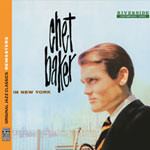 Chet Baker: In New York
Chet Baker: In New York
Recorded in September 1958 for Riverside, Chet Baker’s In New York features saxophonist Johnny Griffin, pianist Al Haig, bassist Paul Chambers and drummer Philly Joe Jones. In addition to the half-dozen tracks from the original album, the reissue includes a bonus seventh track — “Soft Winds, ” a blues composition written by Benny Goodman and Fletcher Henderson.
The recording provides a glimpse of the trumpeter “coming off a run of popularity, critical praise, and commercial success the likes of which few musicians have known, ” according to the new liner notes by Doug Ramsey. By the late ’50s, Baker had won numerous awards throughout the decade for his instrumental work, and was even regarded as a romantic idol for his singing.
“Baker had been somewhat pigeonholed as a West Coast cool jazz artist, ” says Phillips, “but this recording illustrates that he was right at home playing with New York musicians — who dealt with their own stereotype of being harder edged and more aggressive. On this recording, they all seem to meet effortlessly somewhere in the middle.”
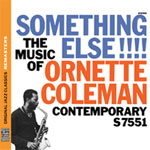 Ornette Coleman: Something Else!!!
Ornette Coleman: Something Else!!!
Recorded at Contemporary’s studios in Los Angeles in February and March 1958, Ornette Coleman’s Something Else!!! features Don Cherry on pocket trumpet, Walter Norris on piano, Don Payne on bass, and Billy Higgins on drums. The first of two albums that Coleman recorded for Contemporary, Something Else!!! marks the saxophonist’s debut as a leader. “He was a very influential but at times controversial artist, ” says Phillips. “Right out of the gate he was doing something that was just so different from what people were used to hearing, ” says Phillips. “Although structurally-speaking, the music in this recording is based on established song forms, you can hear very clearly that Coleman is starting to break free of the limitations of conventional harmony.”
Neil Tesser writes in his new liner notes that Coleman traced jazz back to its roots to rid the music of its increasingly elaborate harmonic structures and other constraints. “Without the limitations imposed by such harmonic patterns, his band would freely travel into, out of, and between musical keys, ” says Tesser. “As Ornette said in the original notes, ‘I think one day music will be a lot freer. The pattern for a tune, for instance, will be forgotten and the tune itself will be the pattern . . .’ When he recorded Something Else!!! that day was still a little ways off. In these performances, you hear him in the last throes of unshackling the past.”
 Thelonious Monk: Thelonious Alone in San Francisco
Thelonious Monk: Thelonious Alone in San Francisco
Recorded on Riverside in October 1959, Thelonious Alone in San Francisco was a sequel of sorts to Thelonious Himself, recorded two years earlier. In addition to the album’s 10 original tracks, the reissue includes an alternate take of “There’s Danger in Your Eyes, Cherie.”
“With Thelonious Alone in San Francisco, Monk proved that his earlier success as a solo artist was not a fluke, ” says Tesser in his liner notes for the reissue. “And in rejecting all the ‘rules’ for playing without accompaniment — as he’d rejected so many rules before — Monk expanded the entire concept of the solo piano idiom. Without Monk’s recordings as bedrock, it’s hard to imagine similarly intimate (though otherwise quite different) solo albums that would eventually come from Bill Evans, Herbie Hancock, Keith Jarrett, Chick Corea or even McCoy Tyner.”
For as unique as Monk’s style was, “he stayed pretty consistently within that style throughout the remainder of his career, ” says Phillips. “That’s not to imply that there was any lack of creativity on his part. Within the unique style that he established, there was so much to explore and develop. But he still sounds unmistakably like Thelonious Monk, no matter what chapter of his career you listen to.”
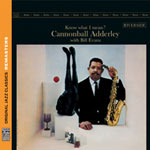 Cannonball Adderley with Bill Evans: Know What I Mean?
Cannonball Adderley with Bill Evans: Know What I Mean?
Know What I Mean? was recorded between January and March 1961, with bassist Percy Heath and drummer Connie Kay supporting the saxophonist and pianist. The reissue includes three bonus tracks that are alternate takes of “Who Cares?, ” “Toy” (previously unreleased), and “Know What I Mean?”.
“This album takes two artists who were part of the legendary, historic 1958 Miles Davis Sextet and pairs them together, ” says Phillips. “The modal approach that Evans was pioneering in the context of that 1958 group reveals itself in some of the material that he and Cannonball are playing on this album.”
Orrin Keepnews, who produced the original recording sessions, writes in his new liner notes for this OJC Remasters reissue, “One of the many advantages of working with a man like Julian Adderley was that he was totally stubborn about pursuing an idea he believed in. And, quite simply, he thoroughly believed in the validity of an album based on his moving very much in a Bill Evans–influenced direction.”
 Bill Evans Trio: Explorations
Bill Evans Trio: Explorations
Recorded in New York in February 1961 for Riverside, Explorations was the last album this version of the Evans trio would make in a recording studio. Bassist Scott LaFaro and drummer Paul Motian also appear on Sunday at the Village Vanguard and Waltz for Debby — both live recordings, released later in 1961 — but LaFaro died in a car accident shortly after the live sessions. This reissue features four bonus tracks, including previously unreleased alternate takes of “How Deep Is the Ocean?” and “I Wish I Knew.”
“Evans’ sound and approach was his own by ’61, ” says Ashley Kahn in his new liner notes. “His piano style had fully matured, as had the interplay of the trio . . . Upon entering Bell Sound’s studio on February 2, 1961, producer Orrin Keepnews immediately noted the three had ‘made giant strides towards the goal of becoming a three-voice unit rather than a piano player and his accompanists.’”
What’s more, the disparity of styles between the unreleased alternate takes and their counterparts that made the final cut on the original record “illustrates that jazz masters like these are real improvisers, ” says Phillips, “and no two takes are ever going to sound the same — because no two moments in jazz are ever the same.”
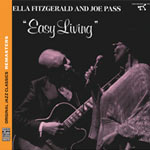 Ella Fitzgerald and Joe Pass: Easy Living
Ella Fitzgerald and Joe Pass: Easy Living
Recorded in Los Angeles in 1983 and 1986, Easy Living was one of a series of Ella Fitzgerald–Joe Pass collaborations on Pablo throughout the ’80s. In addition to the original album’s 15 tracks, the reissue also includes two previously unreleased bonus tracks — alternate takes of “Don’t Be that Way” and “Love for Sale.”
Easy Living and the other collaborations between these two veterans “worked on many levels, ” says Tad Hershorn in his liner notes for the reissue. “As her voice aged and deepened, Fitzgerald discovered partial remedies in her phrasing, choices of keys and the pleasing maturity that now enveloped her still youthful voice. Pass was the perfect foil to display her diminishing resources to their best and most emotive advantage. Ella was known to incessantly toy with songs in her restless artistic striving, so one can perceive the music she made with Pass as a direct extension of her creative method. The leanness of their music underscores that even this late in her career, Ella Fitzgerald retained her bonafides as a singer for whom words did matter: not every song was merely a vehicle for her to bat notes out of the park. The allure was in the quiet majestic intimacy that focused an audience’s attention on full absorption of the musings of joy, wistfulness, and melody.”
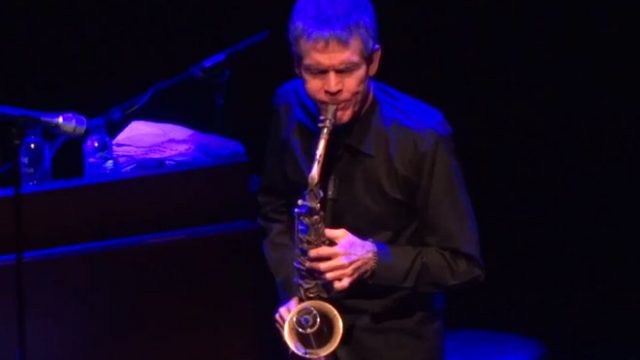

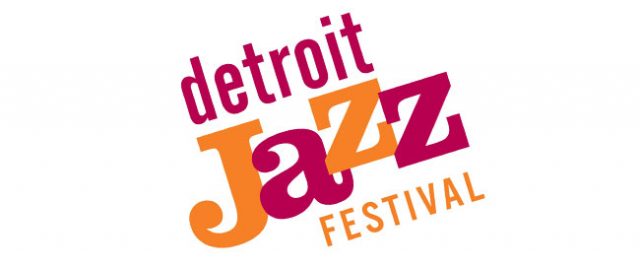

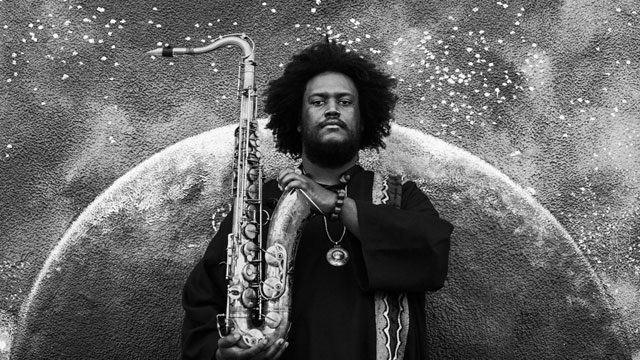
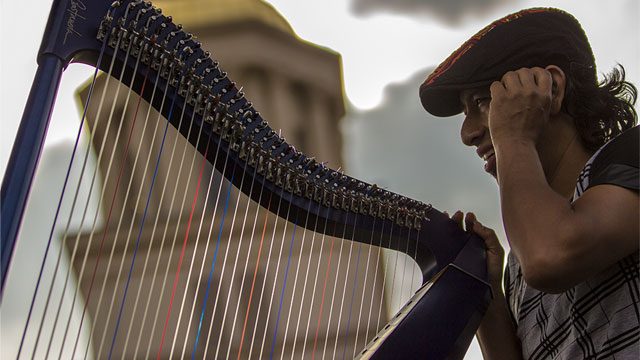
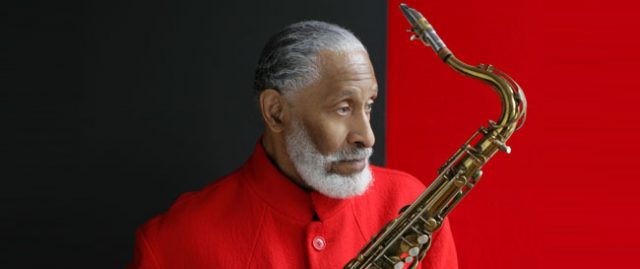



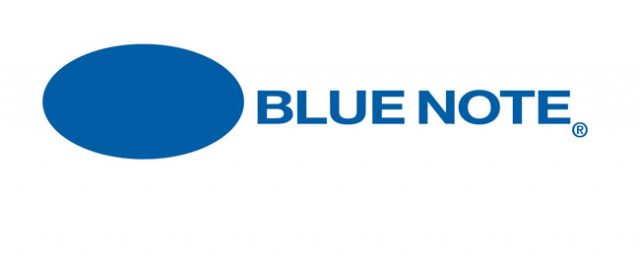
Have your say! Leave a comment below:
Comments Closed. Tweet us instead: @TheJazzLine